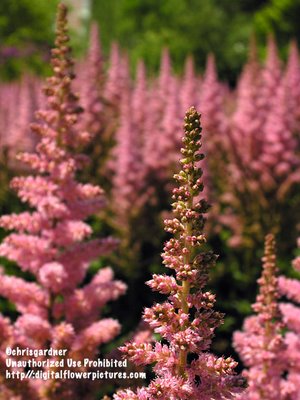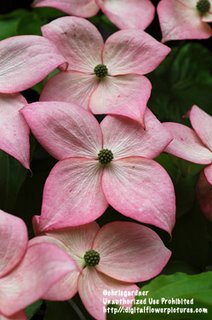
Astilbe or False Spirea
This is a wonderful perennial for the garden. It is native to Asia. Astible is always listed with the shade garden plants but does quite well in sun. There are many types and cultivars available. This picture wis from Battery Park in lower Manhattan. The gardens are wonderful there. They have really done a lot of work. The construction is still going on. I got to see the Statue of Liberty and the Sphere, which is the sculpture that was at the plaza at the World Trade Center. It survived remarkably intact. Just a short entry today, as I am getting ready to go to Ireland tonight. I won't be posting for a week.




